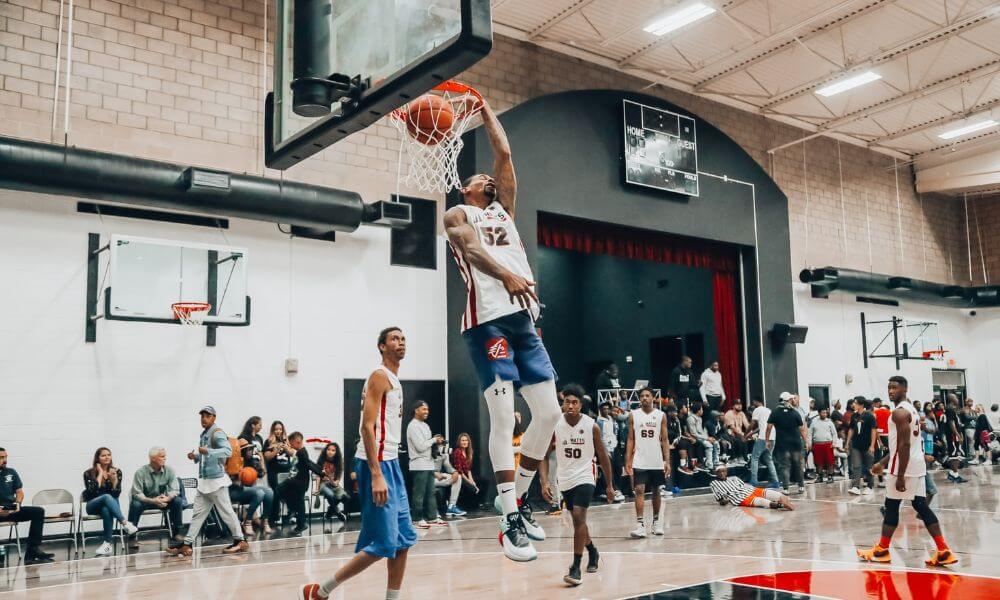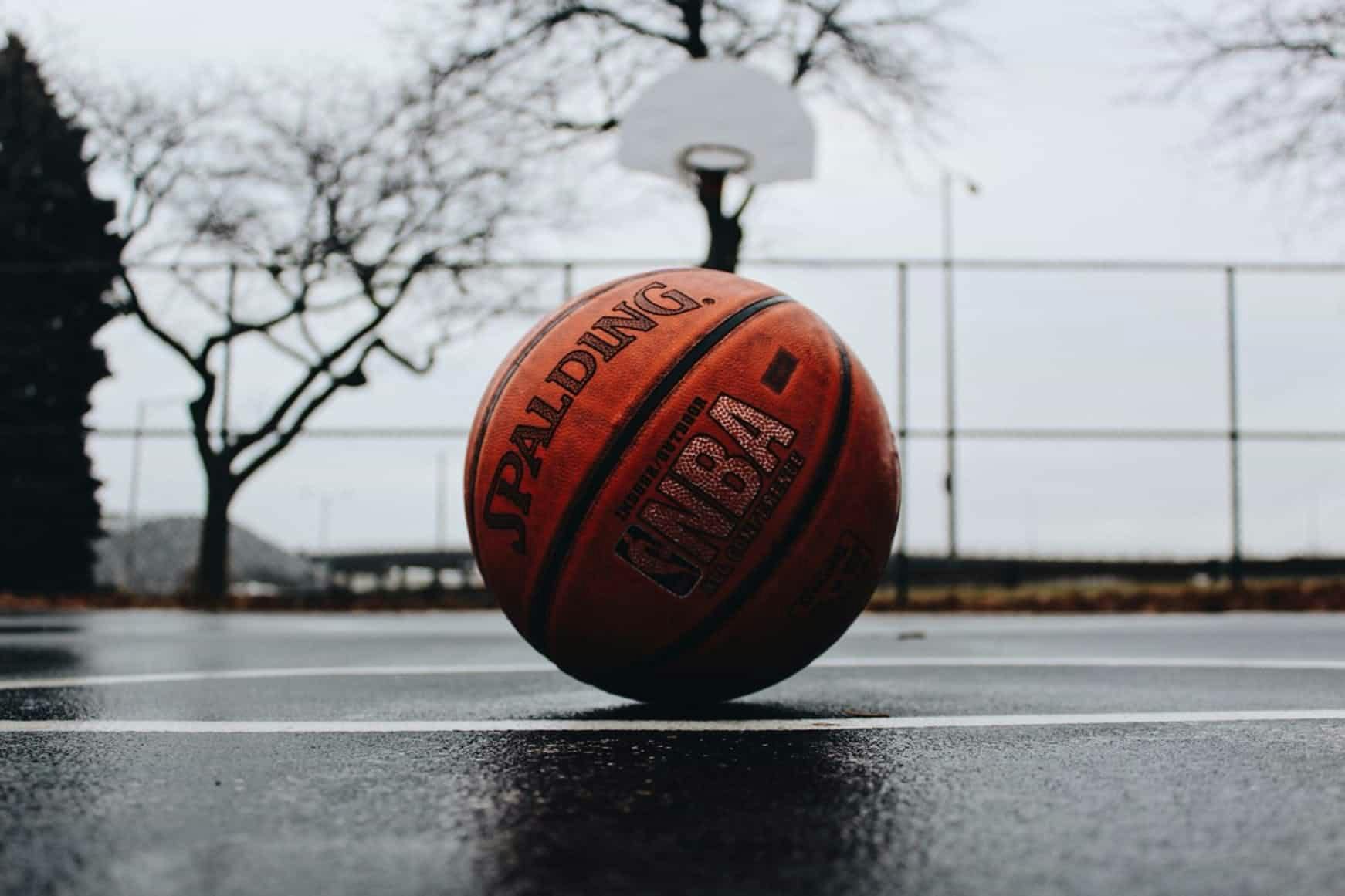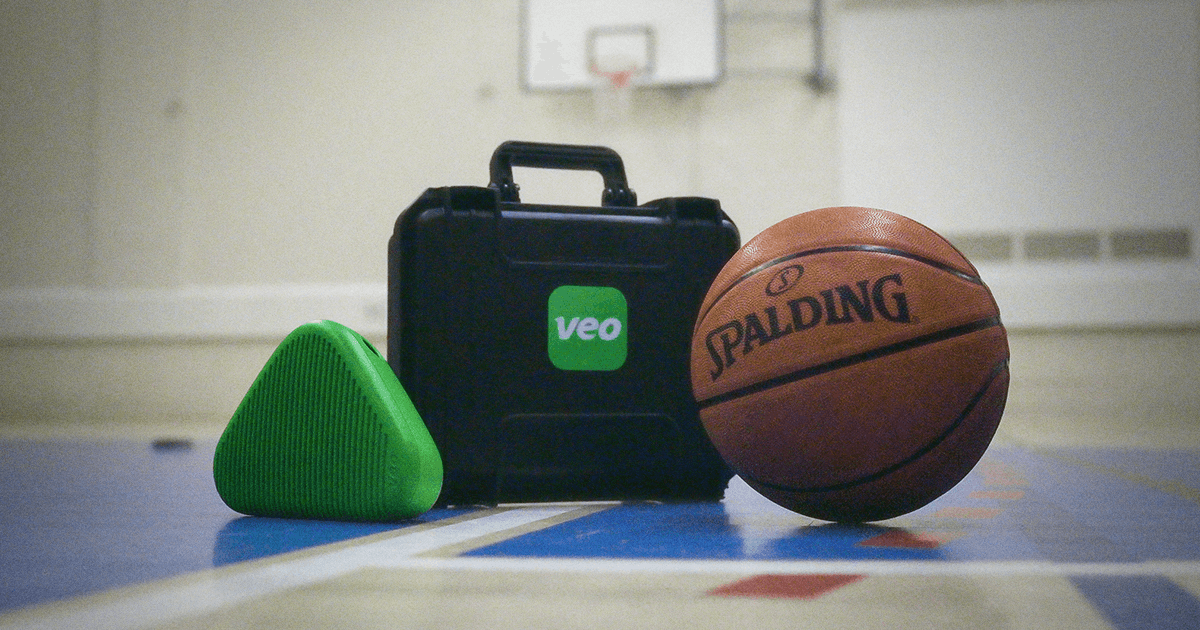As the calendar page shifts to September, basketball activity is ramping up. Players are putting the final touches on their offseason work, and coaches are preparing for the upcoming season by introducing new play calls and wrinkles to the playbook.
But before the regular season can get underway, teams will need to get their players on the same page.
Welcome to basketball training camp.

Training camp is where players test out their new or improved skills, in a safe environment with the coaching staff, in order to determine whether or not they tactically can be included in the new season.
If several players on the roster come back better than the year before, it allows coaches to design new plays, making use of those skills as efficiently as possible.
So let’s get into the eps and flows of basketball training camps.
Simulating game flow
Simulating actual basketball games can be worth its weight in gold. Players will experiment with new play designs, test out improvements and get an idea of where they are, compared to last season.
Some players will find that their summer improvements have lifted them to new heights, providing them with featured roles for the coming season, while others may have to spend the active season mostly filling in off the bench, which should serve as motivation for next season.
For coaches, it gives them an idea of which players they can count on for the season, which shouldn’t be underestimated as a key to success. Furthermore, coaches can spend training camp drawing up plays they’ve designed over the summer and see if those plays hold any water.
A defensive red team
The term “red team” is used in journalism as a way of poking holes in major stories. A group of journalists will work on a story, keep it secret for a secondary group, the so-called red team, and will then have to present and defend the integrity of the story, with the red team intentionally trying to tear the story apart. If the red team can’t find any holes, the story holds up and can be run.
That same logic will occasionally be applied by coaches who are testing out new plays. They’ll take a group of players aside and show them this new scheme, and ask them to test it out to a defense that doesn’t know what’s coming. That way, coaches will not only get a sense of whether or not their play design holds water, but they’ll also get an idea of how adaptive the group of defenders can be on the fly.
Adapting to new situations is key for survival in basketball. Teams will always try to get their opponents off rhythm, and vice versa, by introducing new systems. Preparing for the unexpected is par for the course in training camp, which is why communication is a frequent topic for teams, as they begin their season.
Chemistry, communication and cohesion
Talent and skills are necessities for any basketball team, but it goes beyond just that. A long season will require chemistry between teammates to overcome tougher, and more sluggish, periods that will show up during the year.
Note that players needn’t be friends. But there must be mutual respect between teammates at all times, in order to optimize the on-court product. Any team will need some level of cohesion to be successful, which is attained by thorough communication and strong working relationships. This is where training camp comes in handy, as a team can be brought together collectively by the shared goal of having a good season.
This responsibility doesn’t fall exclusively on the players, however. This is where the coaching staff will need to be involved in promoting dialogue and providing players with communicational tools on the court.
Much like with everything else in basketball, it’s a marriage between player and coach.
At Veo, we are *passionate* about helping sports teams reach their full potential using cutting-edge video technology.
More to Explore


